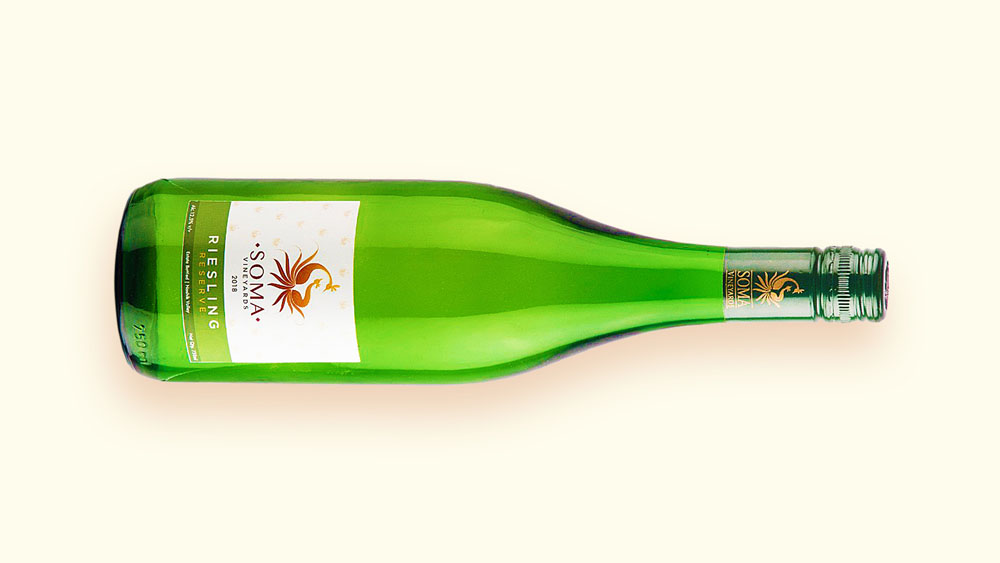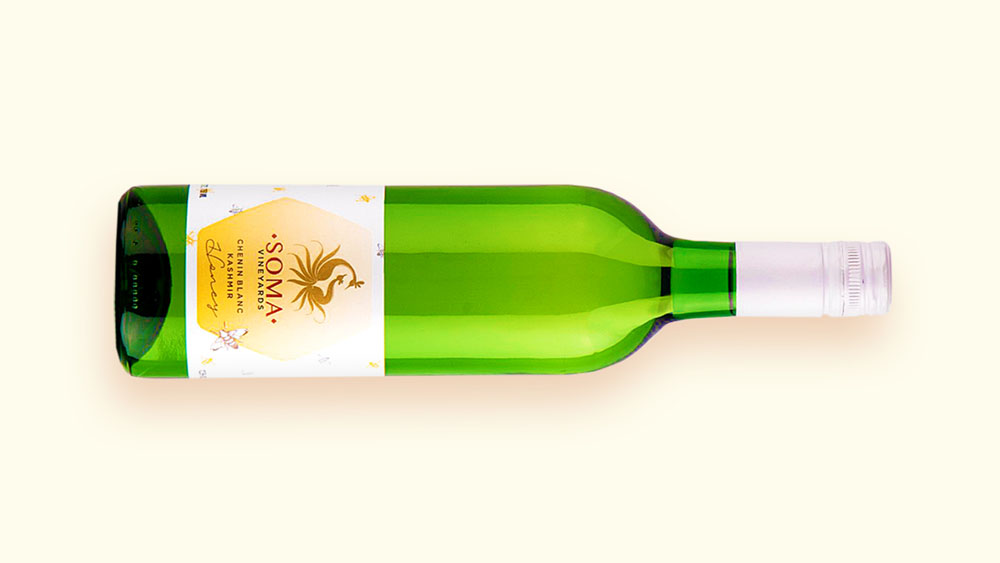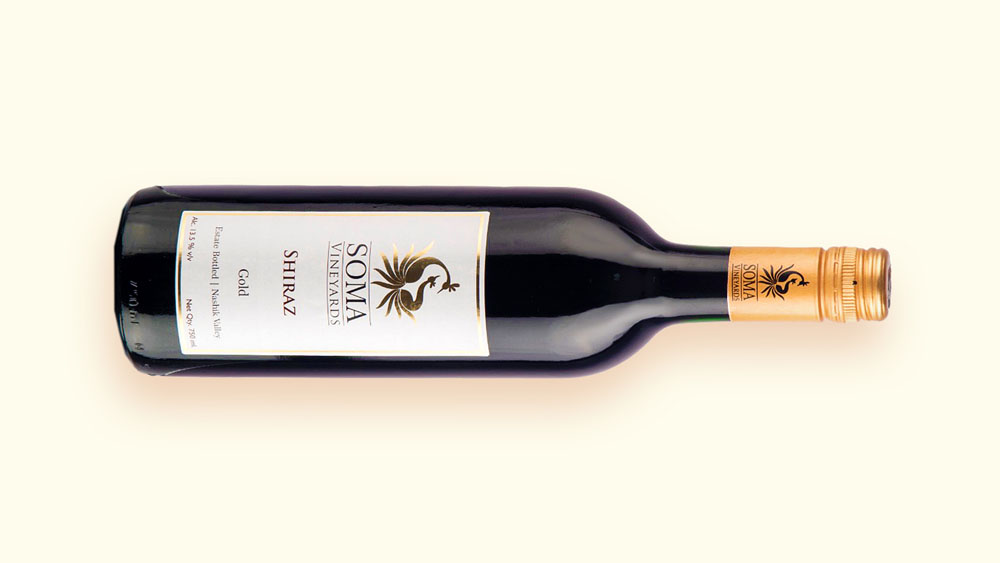Welcome to a flavorful journey where the ancient traditions of Indian cuisine meet the sophistication of the world of Soma wines. Indian food, renowned for its aromatic spices, vibrant colors, and rich textures, has long captivated the palates of food enthusiasts around the globe. Yet, amidst this tapestry of flavors lies a realm waiting to be explored – the art of pairing Indian dishes with the perfect wines from Soma Vine Village’s collection. In this blog, we embark on a tantalizing exploration, delving into the nuances of flavor, texture, and cultural context to uncover the secrets of harmonious food and wine pairing in the context of Indian gastronomy. Join us as we navigate the complexities of Indian spices, unlock the potential of diverse wine varietals, and celebrate the joy of culinary discovery. In India, our culinary landscape is a tapestry woven with the vibrant hues of our native spices, each dish a symphony of flavors that dances upon our palates. Our gastronomic journey traverses’ diverse terrains, each region boasting its own distinctive delicacies and culinary traditions. From the bustling streets of Mumbai to the serene backwaters of Kerala, the diversity of Indian cuisine is as vast as the country itself.
At the heart of our culinary heritage lies a rich tapestry of regional cuisines, each a reflection of the unique cultural tapestries that adorn our nation. Take, for instance, the beloved street food delights of Panipuri, Puchka, and Golgappe. While they may appear similar to the untrained eye, each delicacy possesses its own distinct charm, embodying the essence of the region from which it hails. To truly appreciate the nuances of these culinary treasures, one must delve into the intricacies of regional culture and customs. Indians, when traversing the diverse landscapes of their homeland, often find themselves immersed in a culinary odyssey, encountering a plethora of flavors and culinary customs that vary from one region to another. The transition from the fiery curries of the North to the coconut-infused dishes of the South can be akin to a cultural revelation, requiring an open mind and a willingness to embrace the diversity that defines Indian cuisine. Moreover, Indian cuisine is not merely about satiating hunger; it is a sensory experience that engages all facets of the human palate. From the aromatic spices that titillate the senses to the vibrant colors that adorn our plates, every aspect of Indian cuisine is designed to evoke a sense of joy and satisfaction. In essence, Indian cuisine is a celebration of diversity, a culinary mosaic that reflects the myriad influences and cultural legacies that have shaped our nation over the centuries. So, the next time you indulge in a plate of Panipuri or savor the delicate flavors of Puchka, remember that you are not just tasting food; you are experiencing the rich tapestry of Indian culture and heritage.
In the vast universe of culinary arts, few endeavors are as rewarding and nuanced as the art of wine pairing. However, for enthusiasts of Indian cuisine, this pursuit often presents a unique challenge. Our palates, accustomed to a symphony of flavors and spices, defy conventional wisdom and demand a more intricate approach to harmonizing wine with our beloved dishes. The journey of wine culture to India is a relatively recent phenomenon, primarily introduced from central Europe. Despite its growing popularity, the integration of wine into the fabric of Indian gastronomy remains a work in progress, marked by a delicate dance between tradition and innovation.
One of the primary hurdles in wine pairing with Indian cuisine lies in the diverse dietary preferences of the populace. While traditional guidelines suggest red wines complement red meats, a significant portion of Indians adhere to vegetarian diets, necessitating a revaluation of conventional pairing wisdom. Fortunately, understanding the fundamental taste interactions between food and wine can provide a roadmap for navigating this intricate landscape. Central to this understanding are the concepts of sweetness and umami, which wield considerable influence over pairing dynamics. Sweet dishes, such as the iconic Rasamalai or Gulab Jamun, find their perfect match in wines boasting a similar degree of sweetness. Soma’s Dessert Wines or Honey Wines offer delightful companionship to these indulgent treats, their luscious flavors weaving seamlessly with the richness of Indian desserts. Conversely, the presence of umami, a savory taste prevalent in Oriental and Pacific cuisines, demands wines with balanced acidity and tannins. Soma’s Riesling Reserve or Sauvignon Blanc Gold, with their vibrant acidity and nuanced flavors, serve as ideal partners for umami-rich dishes, such as sushi or salads. These wines not only complement the complexity of Asian flavors but also elevate the dining experience to new heights. Bitterness, derived from tannins in wine, also plays a crucial role in pairing dynamics. While high-tannin wines maintain balance when paired with umami-rich dishes, low-tannin varieties may become overly bitter. As such, opting for light to medium-bodied, dry to off-dry wines, such as Soma’s Chenin Blanc Silver, proves prudent for pairing with spicy Oriental fare like Kung Pao Chicken. The wine’s semi-sweet flavors counterbalance the heat of the dish, resulting in a harmonious marriage of flavors.
Understanding the interplay between acidity, salt, bitterness, and chilli heat is paramount in the art of wine pairing, particularly when it comes to the diverse flavors of Indian cuisine. Each element can either enhance or detract from the wine’s characteristics, making the selection of the perfect pairing a delicate balancing act. Acidity, often celebrated in both food and wine, can be a double-edged sword in pairing. While it can elevate a wine with high acidity levels and enhance its fruitiness, low-acidity wines may fall flat when paired with highly acidic foods, resulting in a lackluster experience. Thus, it’s essential to match wines like Soma’s Chardonnay Reserve or Shiraz Gold with salty snacks like onion pakora, panipuri, or Samosa chaat, where the salt content can amplify the wine’s fruit character and soften any astringency. Salt, another wine-friendly component, can also influence pairing dynamics by enhancing a wine’s fruitiness and mitigating astringency. When indulging in salty treats, such as chakhnas, reaching for a glass of Soma’s Chardonnay Reserve or Shiraz Gold can prove to be a winning combination, as the wine’s flavors harmonize with the saltiness of the food, creating a symphony of flavors on the palate. Bitterness, however, presents a more challenging aspect of pairing, as it can heighten the perception of bitterness in wine, leading to an unbalanced tasting experience. Consequently, bitter foods are rarely paired with wine, as their flavors may clash and overpower the delicate nuances of the wine. Chilli heat, a hallmark of Indian cuisine, poses its own set of challenges in wine pairing. Not only does it intensify bitterness, astringency, and acidity in wine, but it also diminishes the perception of body, richness, sweetness, and fruitiness. To counteract the effects of chilli heat, opting for white wines or low-tannin reds like Soma’s Viognier Reserve and Pinot Noir Reserve is recommended. These wines, with their balanced profiles and moderate alcohol levels, complement spicy Indian dishes like Kohlapuri Chicken, Pork Vindaloo, Chana Masala, Matar Paneer, Dal Makhani, and biriyanis, enhancing the dining experience without overwhelming the palate.
In essence, mastering the intricacies of wine pairing with Indian cuisine requires a nuanced understanding of sweetness, umami, acidity, salt, bitterness, and chilli heat, and their effects on wine perception. With Soma’s diverse range of wines, each offering a unique expression of flavor and character, navigating the complex landscape of Indian flavors becomes a delightful adventure for the palate. So, the next time you indulge in your favorite spicy Indian dish, elevate the experience with the perfect wine pairing, and embark on a culinary journey that celebrates the rich tapestry of flavors that define Indian gastronomy. Cheers to the art of wine pairing and the endless possibilities it brings to the table!
Author: Sourodip Roy







